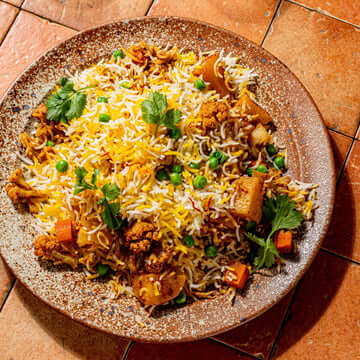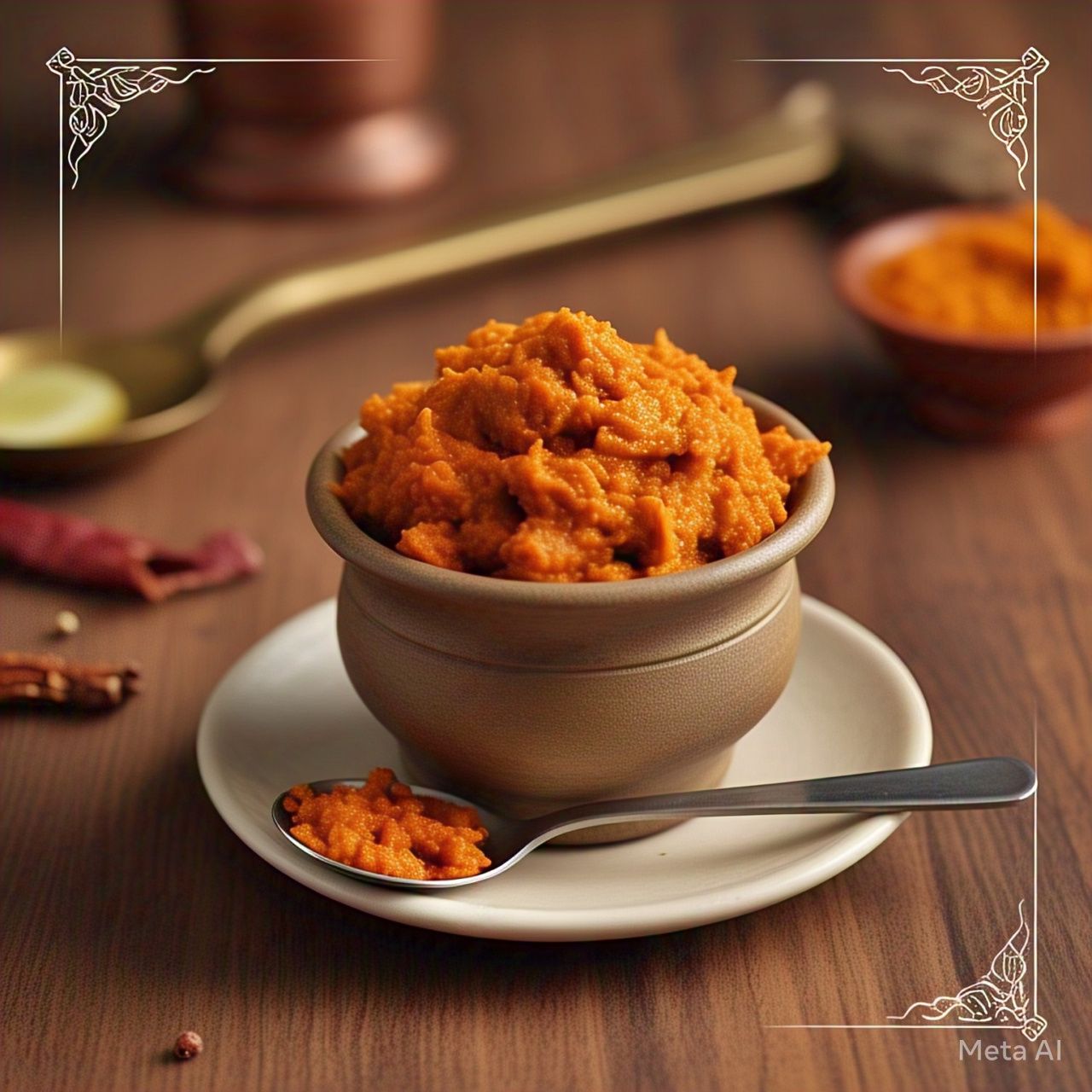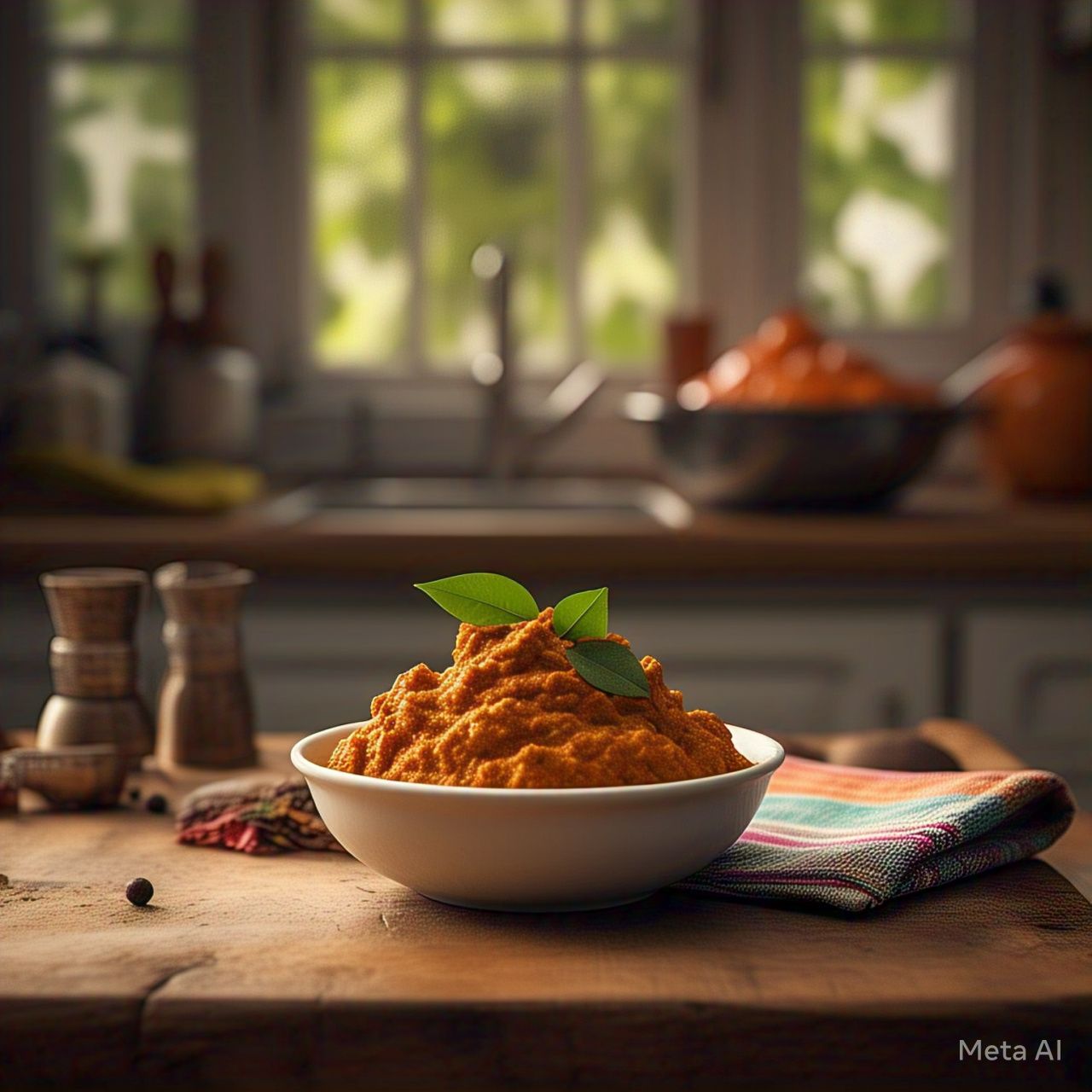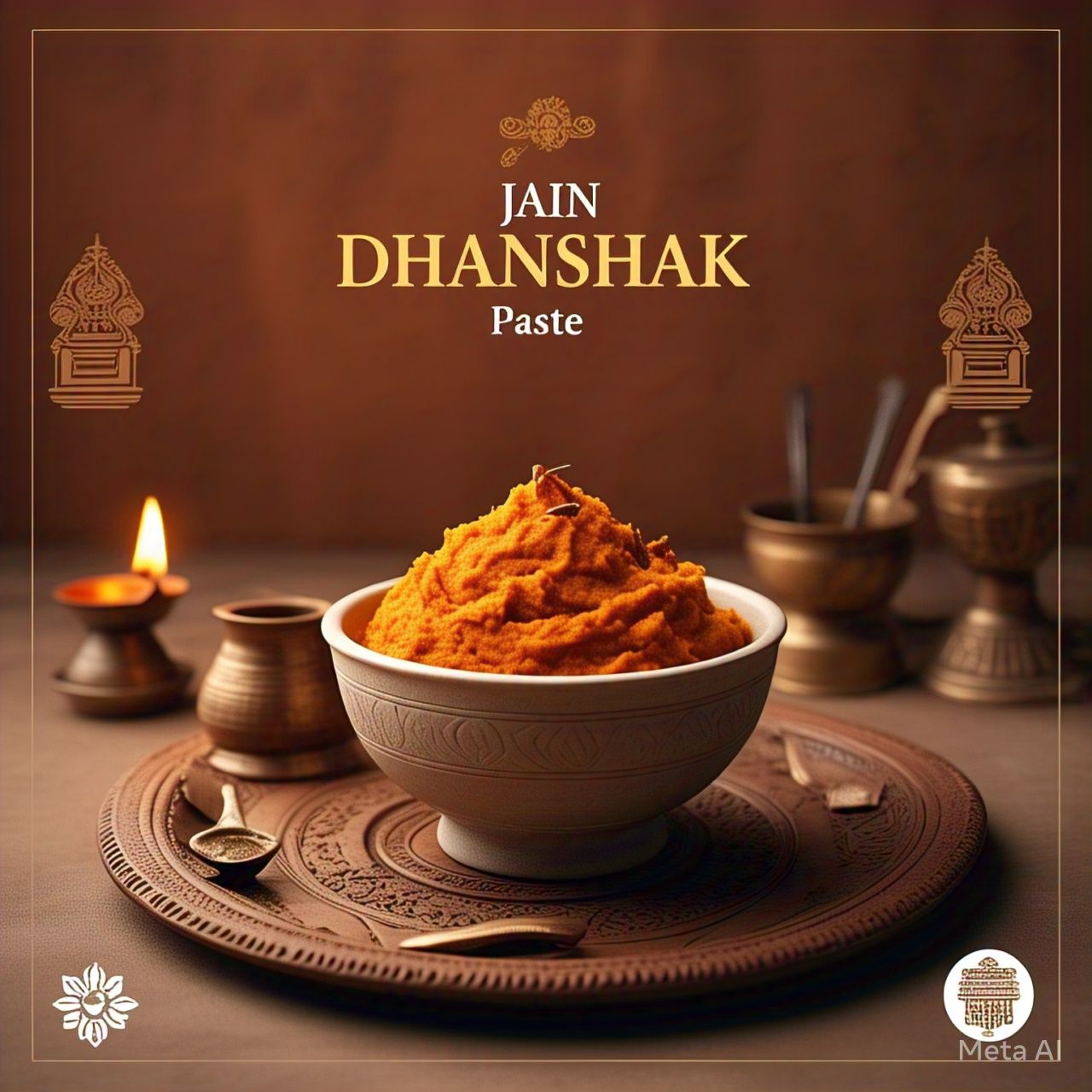Kashmiri Vegetable Biryani or is it pulao?
Kashmiri Vegetable Biryani! This is a long-debated question. And, at the end of the day, the distinction between the two isn’t black and white — there are a plethora of answers out there, many of them conflicting.
Let’s talk cooking methods for Kashmiri Vegetable Biryani first. Typically biryani is comprised of two parts: a meat base and the rice. It can be prepared either using the kacchi or pukka methods. The former describes a process in which the raw, marinated meat is layered with soaked, uncooked rice and everything is slowly cooked together. Alternatively, in the pukka method, the meat and rice are cooked separately, then layered and finished together. Pulao starts with a meat base that is often partially or fully stewed and then raw, rinsed rice is stirred, soaking up all the cooking liquid into each grain of rice.
Generally, when it comes to spices, pulao is on the milder side, whereas biryani’s, Kashmiri Vegetable Biryani ! flavourings are bolder, but there are always exceptions when it comes to family recipes and how they classify the dish. Some say that biryani needs meat to be classified as biryani, recipes have expanded over the centuries to include versions with just vegetables. You can read more about biryani, pulao, and the Mughal influence on the Indian pantry in this Diaspora Co. x Whetstone article by Taiyaba Ali.
This recipe for Kashmiri Vegetable Biryani which is inspired by a Pandit biryani — which is made without garlic and onion and uses hing to get that fragrant, allium-like flavor — but it is not truly Pandit because our house biryani masala includes Pahadi garlic in the blend. The vegetables get a little extra spice from am additional spoonful of Kashmiri chillies and a subtle tang from yogurt. Be generous with the saffron, it truly transforms the rice into something magical!
Cooking for a larger crowd? Kashmiri Vegetable Biryani ! This recipe can easily be doubled! When preparing this larger size, you are going to want to 1) Use a larger pot 2) Do two layers when you get to the assembly point: Remove half the cooked vegetables, then top with half the rice and half the peas, the layer the remaining half of the vegetables, and top with the last half of the rice and peas, finishing with the saffron water, and chopped herbs. 3) Increase the bake time to 35 minutes and the rest time to 15 minutes.
Ingredients for Kashmiri Vegetable Biryani
- 1½ cups basmati rice
- Big pinch Kashmiri Saffron
- 3 tablespoons store-bought or homemade ghee
- ⅛ to ¼ teaspoon hing (asafetida), depending on your tastes
- 1 serrano chile, minced or pounded in a mortar
- 2½ tablespoons (18g) Biryani Masala
- ½ teaspoon powdered Kashmiri Chillies
- ¼ cup plain, full-fat yogurt
- 3 medium Yukon gold potatoes, peeled and cut into eighths
- 2 medium carrots, peeled & diced
- ½ head cauliflower, cut into florets
- 1 tablespoon fresh lemon juice
- 1½ teaspoons kosher salt or ¾ teaspoon Surya Salt
- 1 cup frozen peas
- ¼ cup cilantro, leaves and tender stems, roughly chopped
- 2 tablespoon mint leaves, chopped
Methods for Kashmiri Vegetable Biryani
- Preheat the oven to 400°F.
- Place the basmati rice in a medium bowl, fill with cold water, swish the rice with your fingers, and drain. Repeat the process until the water almost runs clear, about 3 to 4 times. Fill the bowl with cold water and let the rice soak for 30 minutes to 1 hour.
- In a small bowl, combine the saffron with 3 tablespoons of boiling water and allow to steep for 15 to 30 minutes.
- While the rice is soaking, prepare the vegetables. Heat the ghee in a karipot or 5-quart Dutch oven over medium heat. Add the hing and green chillies, and sauté until the chillies start to soften, about 1 to 2 minutes. Add the biryani masala and Kashmiri chillies and cook, stirring frequently, until the spices are fragrant, about 30 to 45 seconds. Stir in the yogurt and continue to cook for 1 to 2 minutes (this will prevent the yogurt from immediately curdling). Add the potatoes, carrots, cauliflower, lemon juice, salt, and ¾ cup water, stir to combine, and bring to a simmer. Cover, reduce the heat to medium low, and cook, stirring occasionally, until the potatoes are tender and easily pierced with a knife, about 15 to 20 minutes. Turn off heat and keep covered.
- While the vegetables are cooking, parboil the rice. Bring a large pot of salted water to a boil over high heat. Drain the soaked rice, add to the boiling water, stir, and cook until the grains are al dente, about 5 to 7 minutes. Drain and set aside.
- To assemble the Kashmiri Vegetable biryani, lightly spoon half of the par cooked rice over the vegetables (you don’t want to pack it down because you want to give the rice room to finish cooking and absorb some of the liquid from the masala). Sprinkle the frozen peas evenly over the rice, then top with the remaining half of the par cooked rice. Spoon the saffron water over the rice, then top with the chopped cilantro and mint. Cover the pot tightly and bake for 30 minutes. Remove from the oven and allow to sit, covered, for 10 minutes.
- Transfer to a serving platter and garnish with more fresh cilantro, if desired. Serve with more yogurt and lemon wedges on the side.





Share:
Chaat Salad